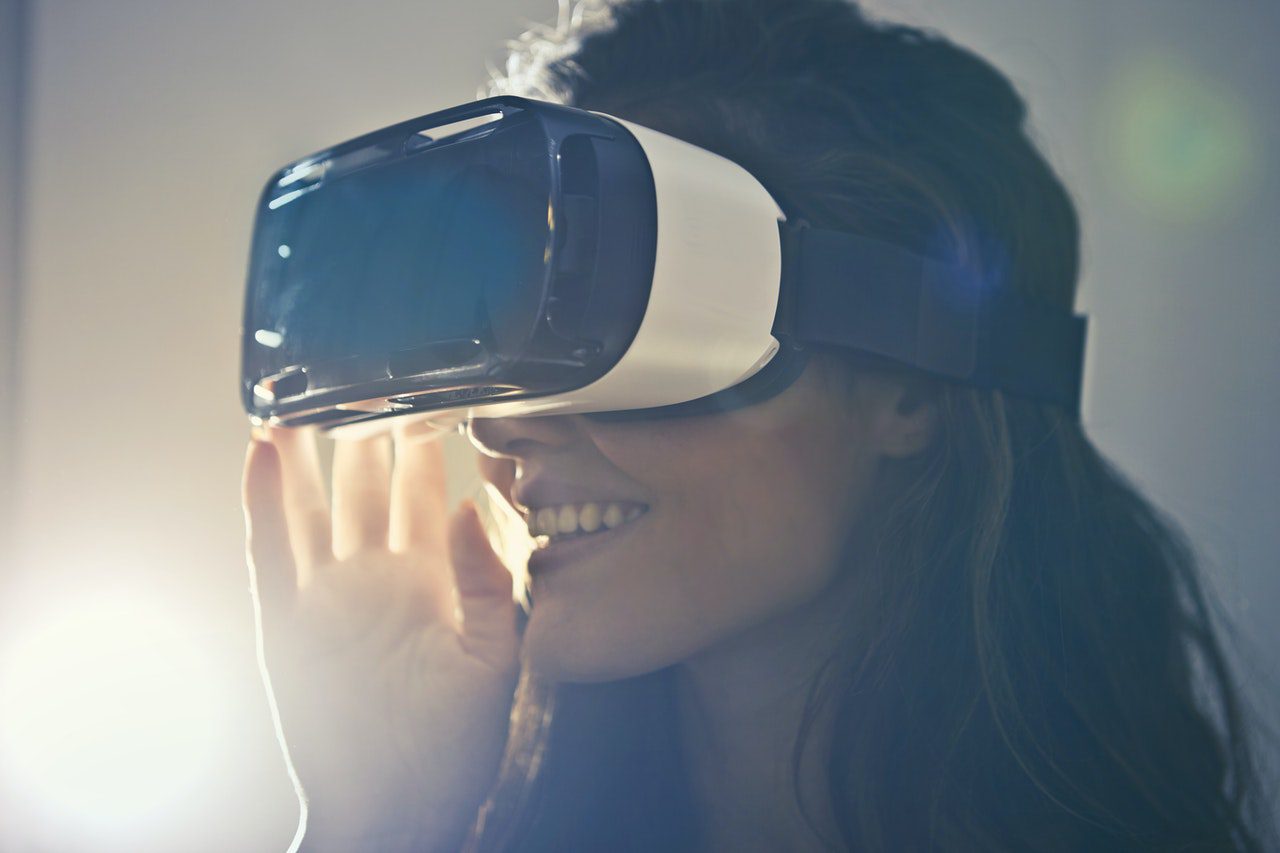Blog
Article

Feb 28, 2022
Scottie Elliott
When you hear the terms “augmented reality” (AR) or “virtual reality” (VR), you may immediately think of immersive video games or entertainment. However, both of these technologies are being used in interior design to deliver an impressive, fully visualized experience for clients and designers. AR and VR have moved beyond the novelty phase in the design world. They are fast becoming invaluable tools for visualization throughout the design process as both technologies support the collaborative process between architects, interior designers, and clients.
Below, we’ll explore how architects and designers use these exciting visual technologies to better communicate their ideas within their teams and with their clients. We’ll also highlight how incorporating AR and VR into the design process gives architects and designers an edge over their competitors.
But before we dive into examples of how designers and architects use these technologies, let’s quickly define what they are and how the two are different from each other.
What is Augmented Reality?
Augmented reality is a technology that enhances the real world through computer-generated information, such as graphics, sounds, and text. In most augmented reality applications, and certainly when used for architecture or interior design purposes, AR overlays visual elements to a physical scene. AR typically involves using a mobile device, such as a smartphone or tablet. With the help of an AR-enabled app, the user can enter into a camera-type mode to see virtual elements superimposed over the real-world background.
How Architects and Designers are Use Augmented Reality
There are many practical uses for augmented reality, and companies like IKEA are at the forefront of using AR to help their customers visualize their products in a space. IKEA’s AR app allows its users to digitally place furniture items from the store’s catalog into real-world space. This technology gives their customers the ability to try before buying and has led to an increase in sales for the big box Swedish retailer.
But beyond the big, blue walls of IKEA, others in the design industry are using augmented reality. For example, AR can also help clients visualize flat design elements in their space, such as a paint color, wallpaper, wall art, blinds, curtains, or even flooring materials (like tile, rugs, and carpets). These AR applications can reduce shock and eliminate buyer’s remorse after installing or applying a product.
In the article, The Rise of Augmented Reality in Interior Design and Property Development, author Tatyana Shavel shares, “When projects shift from prototyping to construction, AR can be used to enhance or even replace the digital drawings used by fabricators and engineers. Ultimately, AR will help reduce errors and omissions in development projects, thus saving time and money for construction and development companies.”

What is Virtual Reality?
While augmented reality and virtual reality share similarities, there are notable differences between the two. Virtual reality is a much more immersive experience.
With AR, a user sees enhancements added to their real-world environment. However, the program manufactures an entirely new and immersive environment with VR. A user puts on a headset and immediately transports into a scene. It can be either animated or stitched together from a series of high-resolution photographs. The user can look around the space in all directions as if they were standing in that scene.
It may seem that there is more potential for augmented reality in the interior design process; however, both architects and designers are using virtual reality technology in unique ways throughout their workflow, from mockups to client walkthroughs.
Virtual reality has made it easier for design professionals to convince their clients to choose a particular finish or design. VR has undoubtedly reduced the amount of back and forth over a design decision. Design teams and other stakeholders can see if a design meets the mark or if certain elements need to be tweaked or eliminated. It limits uncertainty to the development phase of the design process, which means that design teams can be more agile during conception and more efficient during execution.
How Architects and Designers Use Virtual Reality
Architects and designers use 2D drawings to communicate their ideas within a team and their clients. However, some people struggle with interpreting 2D drawings, especially if they have no reference point to use. Until recently, many in the design industry attempted to solve this puzzle by creating 3D renderings and architectural models to scale.
While such representations help with visualization, they are not foolproof without immersion. Some people will have difficulty understanding the scale of a space or its furnishings. And this is one of the reasons why VR and AR are exciting solutions for designers and architects alike.
Architects use virtual reality to bring their floor plans and 3D renderings to life.
In this article on virtual reality from Architectural Digest, David Alhadeff, founder of The Future Perfect, shares this: “A lot of our architecture and interior design clients are taking this idea [of using virtual reality as a selling tool] and bringing it into a hypothetical reality for a space they’re creating for their client and, to me, that seems better than the past where you might have signed off on an idea with a designer based on a drawing. This way, you can get a window into your future space.”

How Does AR and VR Benefit Interior Designers and Architects?
Should you make the leap into virtual or augmented reality?
These technologies make it easier to engage stakeholders and clarify abstract concepts. But they also improve the way architect and design teams work together and with their clients.
In the article, “Augmented Reality for Interior Design: Key-Value Propositions Paving the Way for a Revolution,” Tuhin Bhatt posits, “By simply allowing the customers to stay on the same page with the designers, the sellers and designers can garner better satisfaction and ensure better project delivery. AR-based presentations also allow better iterations in an ongoing design project and ensure better outcomes by syncing expectations on both ends.”
And while there is a learning curve involved in designing for augmented or virtual reality applications, using this technology will ultimately save time and frustration. In the article, “What Virtual Reality Brings to Interior Design,” the author observes, “VR can be a time-saver in the initial stages of a project. Showing clients a design this way can avoid the need for lengthy explanations as part of a presentation because they can actually see what you’re talking about.”
VR and AR also have an extra edge over 2D drawings and even 3D renderings. Neither 2D nor 3D can deliver the same visceral and emotional experience as augmented or virtual reality.
Final Thoughts
While virtual and augmented reality are both new and exciting technologies, they’re not fads. These technologies are increasingly valuable for the design industry to communicate a design within a team and clients more effectively. To be competitive and ensure that your clients buy into your ideas, you can implement AR and VR into your workflow.
For additional resources, check out this related article: The Importance of Implementing New Technology in Interior Design.
